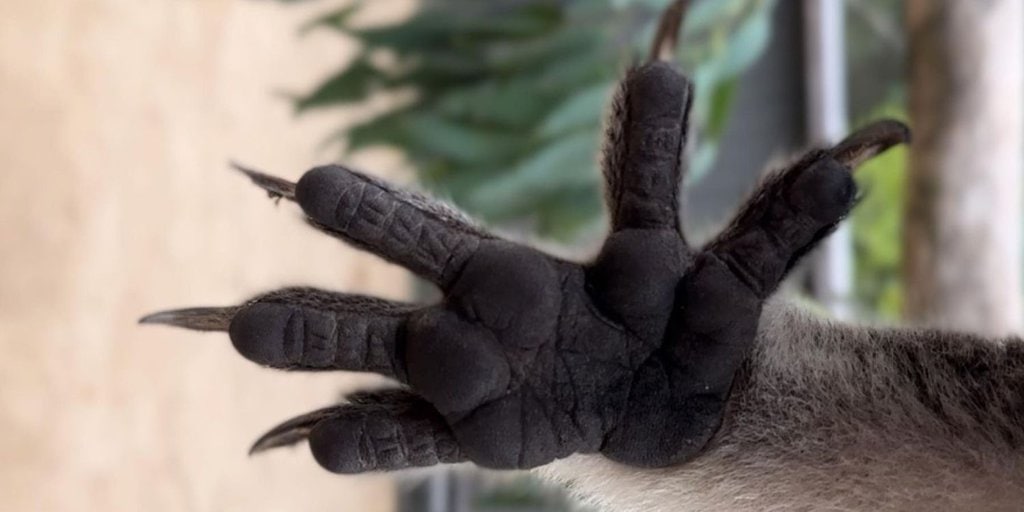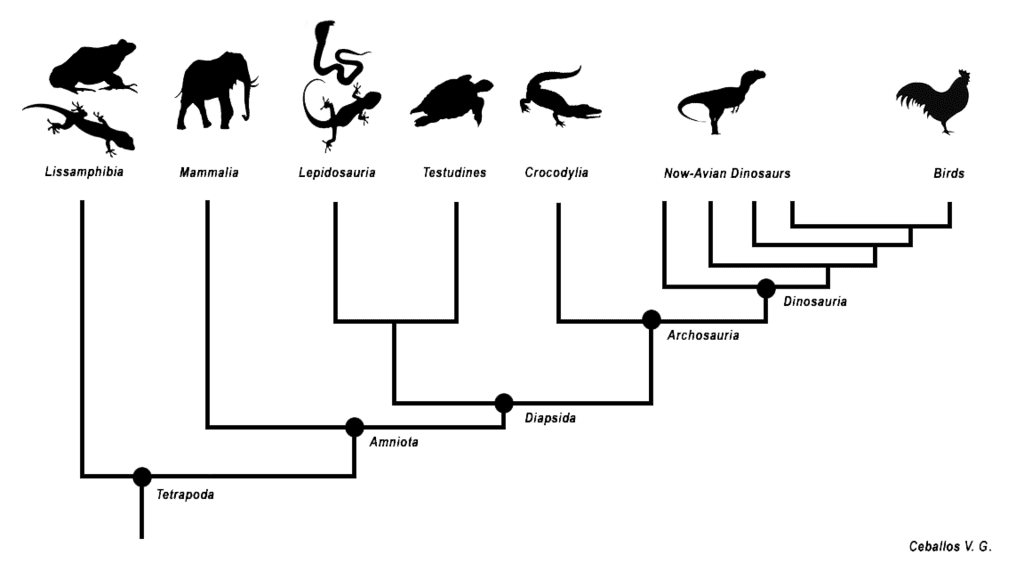
Having five fingers is a trait that is common to most mammals and scientists have long pondered the evolutionary reason for it. Cats, dogs, humans, lions, and many other mammals have five fingers, although their position and shape may differ from species to species. Even after years of research into the matter, it is still unclear how this trait evolved and why it stuck around.
Most Mammals Have Five Fingers
Mammals are parts of the superclass Tetrapoda and share their place there with amphibians, reptiles, and birds. Even members of this group who have flippers like whales and seals have five fingers in their skeleton, although some have four or fewer toes. When it comes to toes, there is a variety like horses with one toe and birds with fused finger bones where their wing ends. Even so, these animals still start with five fingers when they are embryos.

So far, nobody is certain why and how the five-finger trait evolved since the first animal developed fingers. It was one that evolved from fish some 360 million years ago and had eight fingers, and the road from there to five fingers isn’t well understood.
A Common Ancestor
What is known is that the trait is likely a homology, meaning that different species share a gene or structure because of a common ancestor. It is likely that all living tetrapods have a common ancestor who somehow evolved five fingers, a trait that was passed down and is now present throughout the animal world.
Still, while having a common ancestor gives an idea of how mammals ended up with five fingers, it doesn’t explain why. One good hypothesis is that it was due to canalization, which means that with time, a gene becomes very stable and mutation is highly unlikely. Still, some scientists say that some mammals have mutations of more than five fingers, including humans, meaning that canalization may not be the cause.